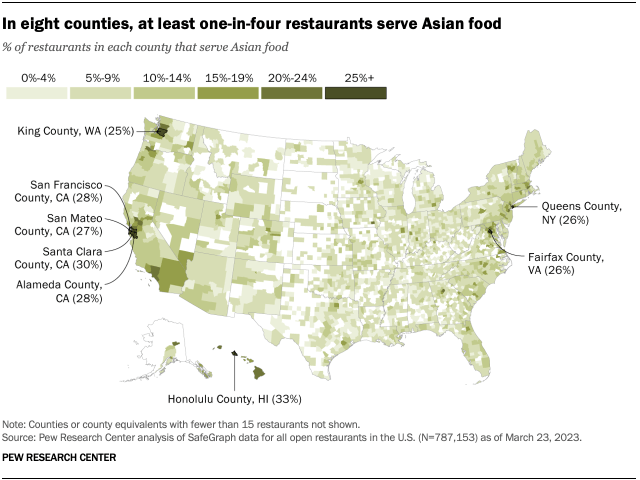 |
| Flood waters recede after a super typhoon nicks the US Pacific territory of Guam. |
Hundreds of personnel from federal agencies and voluntary organizations are in Guam supporting the ongoing response and recovery efforts from Typhoon Mawar that swept through the US territory a week ago.
Since President Biden issued a Major Disaster Declaration for Guam on Sunday, May 28, FEMA has received more than 2,700 registrations for assistance, helping survivors take the first step to jumpstart their recovery.
The typhoon hit the northern part of Guam on a week ago with winds of up to 140 mph, the National Weather Service reported, and generated waves as high as 30 ft.
Trees were uprooted, boats capsized, neighborhoods were flooded and power was cut off for a while.
Miraculously, none of the 170,000 people who live on Guam was killed or badly injured, officials said. Nearly 1,000 people were still in shelters as of Thursday.
Governor Lou Leon Guerrero, declared the “all clear” on Thursday evening. “We have weathered this storm, the worst has gone by,” she said in a video message to the island’s residents, who include about 10,000 US military personnel.
FEMA continues working with local, territorial, federal, nonprofit organizations and private sector partners to get essential services reopened and operational.
Guam residents can register for federal assistance by visiting DisasterAssistance.gov, through the FEMA App, or by calling 800-621-FEMA (3362). Residents who use a relay service, such as video relay or captioned telephone service, can give the FEMA operator the number for that service. FEMA is working with local and territorial officials to determine Disaster Recovery Center locations. Once open, survivors can visit these centers to receive one-on-one help with their disaster registration process and emergency assistance.
Nearly 600 FEMA personnel are supporting response and recovery efforts in Guam and the Commonwealth of the Northern Mariana Islands, with nearly 300 staff in Guam. Additional Disaster Survivors Assistance Teams staff are being deployed to Guam to help survivors register for federal assistance.
After a disaster, people want to help, but it’s important to donate responsibly. When people support voluntary organizations with financial contributions, it helps ensure a steady flow of important services to the people in need. You can find a voluntary organization to support by visiting the National Voluntary Organizations Active in Disaster’s website at NVOAD.org.
FEMA is coordinating with its network of Voluntary Organizations Active in Disaster to provide support and humanitarian aid. Feeding and bottled water operations continue as needed and requested by the territory and the commonwealth officials:
- The Salvation Army began feeding operations on Monday.
- The Red Cross continues assisting with shelter and feeding operations, and are also distributing emergency supplies, including pet food at various distribution centers. Federal, Territorial, Commonwealth and Voluntary Actions
- Survivors who are covered by insurance should file a claim with their insurance company or agent as soon as they can. Next, they should apply for FEMA disaster assistance. Survivors who are uninsured should apply for FEMA disaster assistance now. Assistance may include funding to repair or replace their homes, temporary housing resources, access to low-interest loans or other programs to help them jumpstart their recovery.
- The Guam Department of Agriculture has teams conducting Preliminary Damage Assessments with farmers. Farmers who suffered crop loss should document their losses and contact 671-300-7972-73 or email agriculture@doagguam.gov for more information.
- The U.S. Small Business Administration (SBA) announced that low-interest federal disaster loans are now available to Guam businesses and residents who were affected by Typhoon Mawar. To be considered for all forms of disaster assistance, survivors must first register at DisasterAssistance.gov.
- The Bank of Guam’s ATMs are back online with web and mobile banking now available. In addition, the bank announced it is automatically deferring payments on personal loans and credit cards for Guam and Rota accounts for three months. Affected customers in Saipan and Tinian may request deferment arrangements at any branch locations or by emailing consumerbanking@bankofguam.com.
- The National Disaster Distress Helpline remains activated and anyone who has been affected by Typhoon Mawar can call 1-800-985-5990 for immediate counseling and support.
- The U.S. Army Corps of Engineers deployed over 135 responders including civilians, soldiers, and contractors to support temporary power, temporary roofing and debris removal missions.
- The U.S. Environmental Protection Agency is coordinating with Guam EPA and U.S. Army Corps of Engineers to clean up hazardous waste and debris.
- The Guam Power Authority continues its restoration efforts, reporting more than 25% of customer demand is restored, with crews working 24-hour shifts. The authority is working to restore substation energization, which will substantially increase power to more residents.
- The Commonwealth Utilities Corporation reports that it has restored power to more than 92% of its customers on Rota, while Saipan and Tinian are fully energized.
- The Guam Waterworks Authority continues restoration efforts, reporting 50% of water systems are online serving nearly 77,000 customers and four of nine wastewater facilities are operational. The waterworks authority also delivered 6,000-gallon tanks to 10 locations.
- More than 44% of cell towers are now operational in Guam, with 60% of cell sites operational in Rota.
- Shelters remain open in Guam with an overnight population of more than 750.
- All airports in CNMI are operational and Guam International Airport is open for all commercial carriers.
- Tankers with liquefied petroleum gas and jet fuel are offshore, scheduled to be offloaded today to help with increased fuel demand throughout Guam.
- U.S. Department of Health and Human Services deployed nearly 70 emergency responders including three Health and Medical Task Forces from the National Disaster Medical System that are assisting local hospitals and medical clinics.













